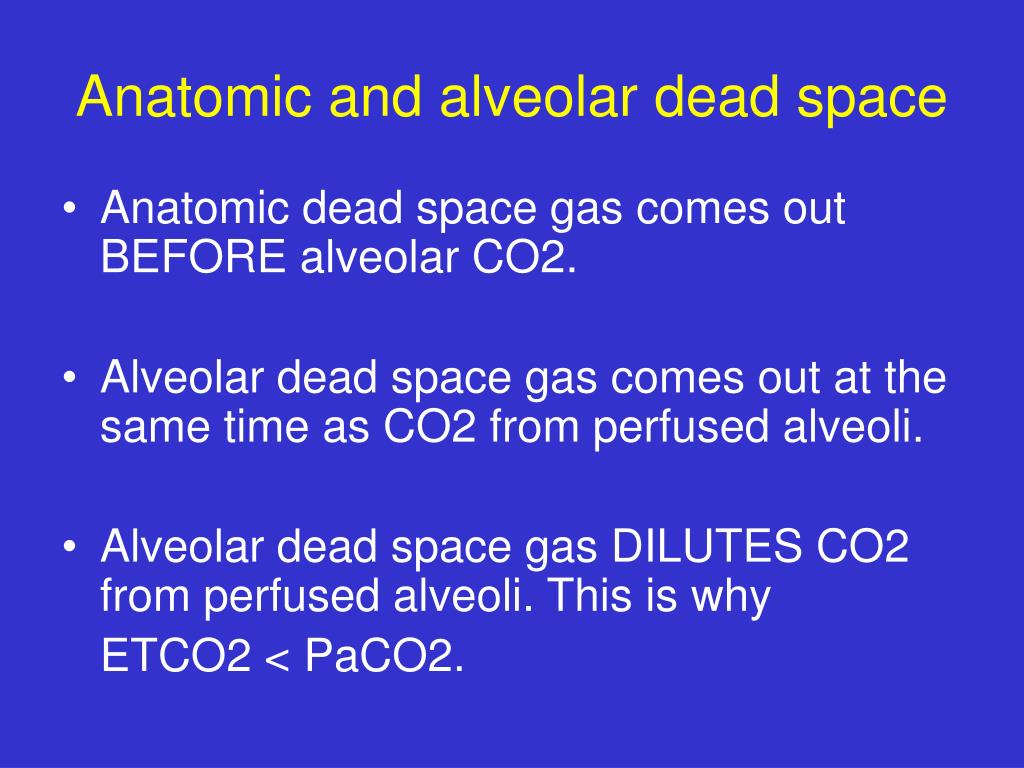


Grote reports grants from ResMed Foundation and Philips Foundation, grants, personal fees and nonfinancial support from ResMed (speaker's bureau and study support), personal fees from Philips (speaker's bureau), personal fees from Itamar (speaker's bureau and study support), and personal fees from Weinmann (for consultancy), outside the submitted work. Fricke reports grants from the NIH (HL105546), during the conduct of the study. Biselli reports grants from the National Institutes of Health (NIH) (HL105546), and grants from the Brazilian funding agencies FAPESP and CNPq, during the conduct of the study. The reduction in dead space ventilation correlated with baseline physiological dead space fraction (r 2=0.36 p<0.05), but not with respiratory rate or anatomical dead space volume.During sleep, NHF decreases minute ventilation due to an overall reduction in dead space ventilation in proportion to the extent of baseline physiological dead space fraction.Ĭonflict of interest: P. min -1 pThere was a significant decrease in dead space ventilation (from 2.5☐.4 to 1.6☐.4 L NHF reduced minute ventilation (from 5.6☐.4 to 4.8☐.4 L We measured CO 2 production and calculated dead space ventilation.Controls and COPD patients responded similarly to NHF.

min -1) intermittently for periods of 5-10 min.During stable non-rapid eye movement stage 2 sleep, subjects received NHF (20 L We hypothesised NHF reduces ventilation in proportion to physiological but not anatomical dead space.11 subjects (five controls and six chronic obstructive pulmonary disease (COPD) patients) underwent polysomnography with transcutaneous carbon dioxide (CO 2) monitoring under a metabolic hood. Nasal high flow (NHF) reduces minute ventilation and ventilatory loads during sleep but the mechanisms are not clear.


 0 kommentar(er)
0 kommentar(er)
